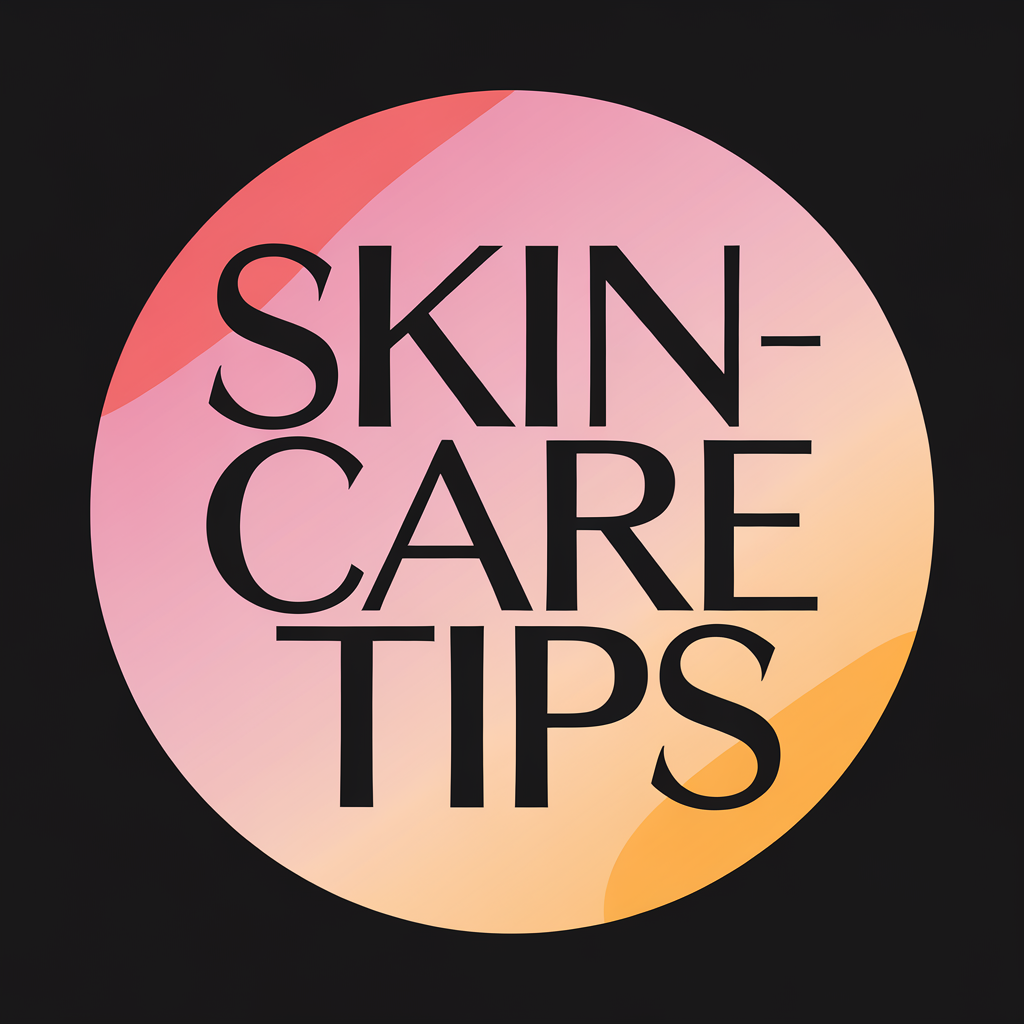The Mistake That’s Clogging Your Pores Every Night
You’ve likely overlooked a simple nightly habit that’s sabotaging your skin’s health. Skipping your cleansing routine traps dirt, oil, and dead skin cells in your pores, sparking breakouts and inflammation. It’s an easy fix, but first, discover the key causes and solutions that can transform your routine.
Key Takeaways
- Skipping nighttime cleansing allows dirt, oil, and makeup to accumulate and clog pores.
- This buildup disrupts your skin’s natural balance and hinders overnight renewal.
- Experts emphasize that nightly cleansing is essential for maintaining healthy skin.
- Choose a gentle cleanser suited to your skin type to effectively remove grime.
- Combine cleansing with treatments like salicylic acid to prevent pore obstruction.
The Overlooked Nighttime Habit
Have you ever skipped your nighttime cleansing routine without a second thought?
This nighttime skincare mistake lets dirt, oil, and makeup accumulate on your skin, disrupting its natural balance.
You’re essentially leaving behind the day’s grime, which hinders your skin’s ability to renew overnight.
Experts emphasize that nightly cleansing is a non-negotiable step for maintaining skin health.
Choose a gentle, effective cleanser suited to your skin type, and apply it thoroughly each evening.
After cleansing, enhance your routine by incorporating treatment products to address specific skin concerns and promote better overnight recovery.
Understanding Pore Clogging Causes
Pore clogging happens when dead skin cells, excess oil, and environmental debris build up, blocking your skin’s openings and leading to issues like acne or dullness. You’re likely exposing your skin to factors that exacerbate this daily. For instance, dead skin cells accumulate if you don’t exfoliate properly, while excess oil from sebaceous glands traps debris, creating a perfect storm for blockages. To clarify the key causes and their mechanisms, here’s a practical overview:
| Cause | Mechanism |
|---|---|
| Dead Skin Cells | Build up and obstruct pores |
| Excess Oil | Overproduces, trapping debris |
| Environmental Debris | Enters pores, combining with oil |
| Hormonal Fluctuations | Stimulate oil gland activity |
| Poor Cleansing Habits | Leave residues that accumulate |
Understanding these helps you address root issues effectively, keeping your skin clear and healthy. By incorporating expert solutions from reliable skincare knowledge, you can better prevent and manage pore clogging for a refined complexion.
Recognizing Common Skin Signals
You’ll encounter different skin signal types that signal pore issues, such as inflammation or texture changes.
You must identify pore clog signs like blackheads and excess oil to address them promptly.
Spotting these early warning signals empowers you to prevent further skin damage.
Proper cleansing techniques can help maintain skin health by incorporating safe methods to remove blackheads effectively.
Skin Signal Types
Recognizing common skin signals is crucial for addressing issues like clogged pores. You must identify types such as redness, dryness, oiliness, and texture changes to maintain skin health effectively. These signals act as your body’s alerts, guiding practical interventions.
| Skin Signal Type | Key Characteristics |
|---|---|
| Redness | Indicates inflammation or sensitivity |
| Dryness | Shows dehydration or barrier weakness |
| Oiliness | Signals overactive oil production |
| Texture Changes | Reveals unevenness or roughness |
Pore Clog Signs
Common indicators of clogged pores emerge as subtle yet telling skin changes that demand prompt attention.
You might notice blackheads and whiteheads forming on your face, trapping oil and debris within enlarged pores.
If your skin feels rough or bumpy, especially around the T-zone, it’s actively signaling buildup.
A dull, uneven texture often accompanies these clogs, making your complexion look lackluster.
Don’t overlook these signs; they’re practical red flags for deeper issues.
Regularly inspect your skin closely—you’ll spot them by feeling for grittiness or seeing visible plugs, empowering you to act decisively for clearer skin.
Early Warning Signals
Before clogs take hold, your skin issues subtle early warnings that you can spot and address quickly.
Pay attention to excess oil buildup, which signals overactive sebaceous glands and invites blockages. If you notice tiny bumps or micro-comedones, they’re early indicators of pore congestion from trapped debris. Mild redness or uneven texture often hints at inflammation, urging immediate action.
Experts recommend daily monitoring with a magnifying mirror; gently cleanse with salicylic acid to dissolve buildup and prevent escalation.
Stay proactive—your routine makes all the difference in maintaining clear, healthy skin.
Quick Fixes for Immediate Relief
When pores become clogged from everyday mistakes, you can tackle the issue right away by starting with a gentle cleanse using a salicylic acid-based wash, which effectively dissolves excess oil and debris without irritating your skin.
This approach restores balance quickly, minimizing inflammation and promoting clearer pores.
- Exfoliate lightly with a soft cloth to remove dead skin cells, enhancing circulation.
- Apply a cool compress to reduce swelling and calm irritated areas instantly.
- Steam your face briefly to loosen buildup, making it easier to clear.
- Avoid harsh scrubbing; instead, pat dry gently to prevent further damage.
- Monitor your routine daily to catch issues early and maintain skin health.
For enhanced anti-inflammatory benefits, incorporate an ice facial into your routine to further promote glowing skin and reduce inflammation.
Essential Product Choices
Building on your quick fixes, you select the right products to maintain clear pores and prevent future clogs.
Begin with a gentle, salicylic acid cleanser that effectively dissolves sebum and dead skin cells.
Choose a non-comedogenic moisturizer with hyaluronic acid to hydrate without blocking pores.
Incorporate a benzoyl peroxide gel for targeted spot treatment, applying it sparingly to avoid irritation.
Opt for an oil-free, mineral-based sunscreen to protect against UV damage.
Include a retinoid serum for cell turnover, starting with low concentrations.
Always verify ingredient lists for potential irritants and prioritize dermatologist-recommended formulas for optimal, science-backed results.
Remember that achieving flawless skin involves not just products but also lifestyle changes like a balanced diet and proper hydration.
Building a Protective Routine
How do you transform your product choices into a daily protective routine that maintains clear pores?
Start by scheduling these essentials into your morning and evening rituals for consistent barrier support.
- Cleansing step: Gently wash with a non-comedogenic cleanser to remove debris without stripping oils.
- Treatment application: Apply serums or treatments right after cleansing to target pore health actively.
- Moisturizing layer: Seal in products with a lightweight, oil-free moisturizer to prevent overnight buildup.
- Protective barrier: Use a physical sunscreen in the morning to shield pores from environmental aggressors.
- Routine timing: Adhere to a fixed schedule, like cleansing AM/PM and treating at night, for optimal efficacy.
To enhance your routine, consider adding a toning step after cleansing to balance your skin’s pH and prepare it for better absorption of subsequent products.
Sustaining Clear Skin Results
Maintaining clear skin results hinges on consistent habits that build on your protective routine. You’re tracking your skin’s response daily, noting changes in pore size or texture to tweak your regimen promptly. Use evidence-based products like benzoyl peroxide for acne control, applying them consistently to minimize bacterial buildup. Scientifically, pairing this with a nutrient-rich diet—think fruits, vegetables, and omega-3s—reduces inflammation and supports barrier function. Stay hydrated, exercise regularly to enhance circulation, and avoid pore-clogging fabrics. Log your progress weekly, making data-driven adjustments for long-term clarity and health. Furthermore, to prevent acne from dirty pillowcases, regularly change your bedding to reduce the buildup of bacteria, dead skin cells, and oil.

